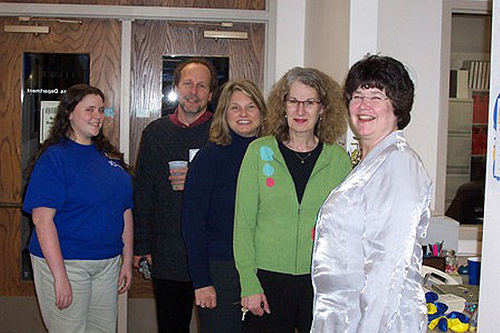


Many people have preconceptions about people based on their experiences. Many of these conceptions come are based on a person's age. If you think the generation gap only refers only to the older generations, you might be surprised to learn that each generation has different views because of their experiences early in life. In fact, most of us are shaped by our experiences and observations before age 18.
Each generation went through completely different experiences, and those experiences formed their views on family, work, education, communication, and technology.
Most organizations have Traditionalists on their boards of directors. These are the people who set the tone for the workplace, develop the organizational rules, create the workplace culture, and set the strategic direciton. Traditionalists parented the Baby Boomers.
During this generation, women were in the work force, and that resulted in higher divorce rates. The children were often raised in child care centers and known as latchkey kids. Children saw their parents working extremely long hours and sacrificing family time for work. These children also witnessed gasoline rationing and their parents being laid off or downsized during an economic downturn with double-digit inflation.
Generation X is used to collaborative education because that was used in the classroom; they are team-oriented. There were many technological changes, and this generation ushered in the era of video games and personal computers. Generation Xers want things to happen quickly and efficiently. As parents, Generation Xers wanted their children to have full lives, and they scheduled their children's social and educational activities.
Millennials have had cell phones, pagers, and personal computers all of their lives. They have extremely high self-esteem and high confidence. They are used to full lives combining family, education, and extracurricular activities.
Those born near the dividing lines for the generations may have traits from both generations. Also, those raised by parents from a different generation will have influences from that generation. Rather than see the generations as lacking, look for the variety that comes from these different perspectives.
| Leadership Skills Home Page |
| Workplace Culture Home Page |
Velda Arnaud,
Ph.D.
Executive Director
Lead, Educate, Serve Society
leadeducateserve@gmail.com
Last updated 6/24/16 (va)
Copyright 2004-present